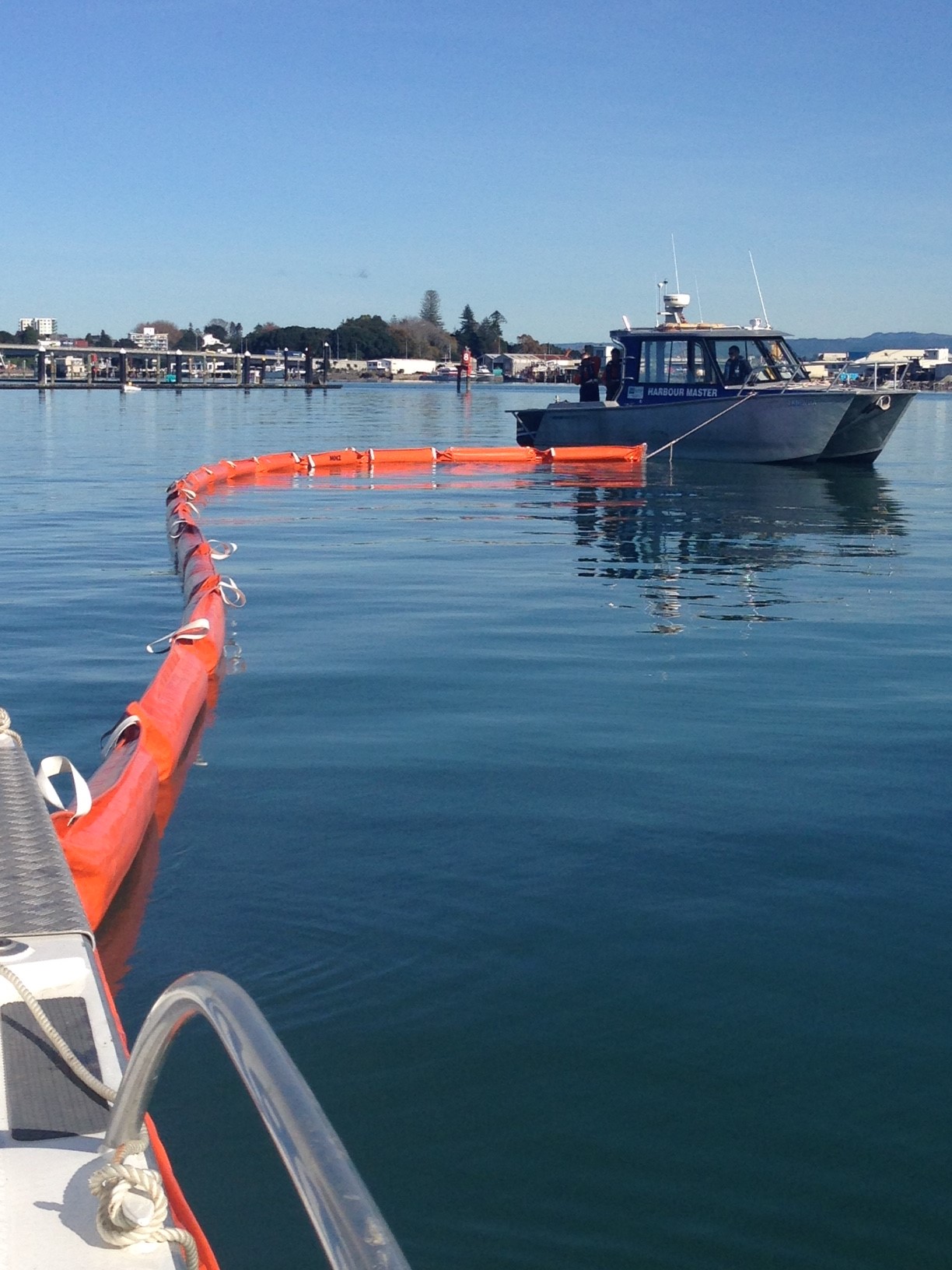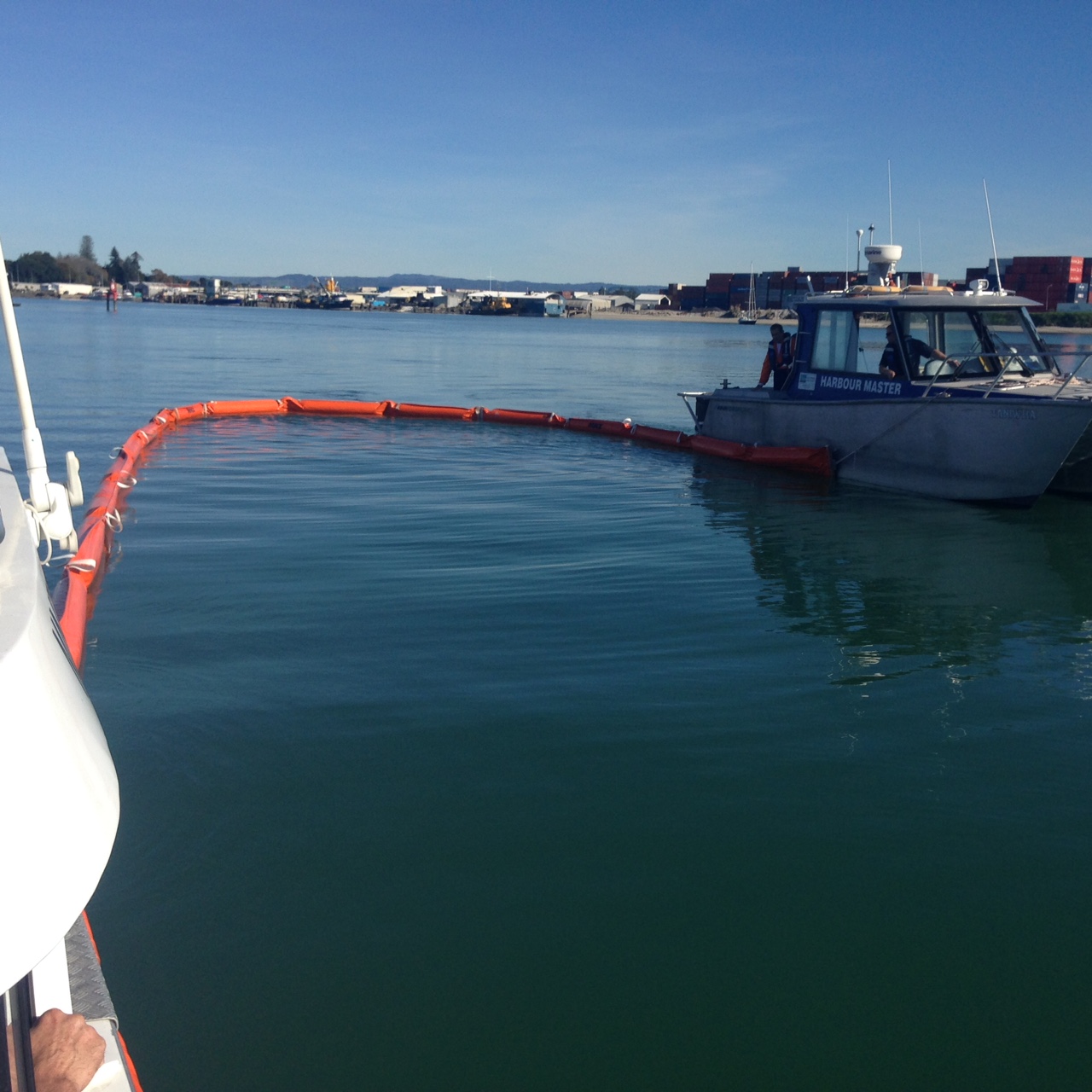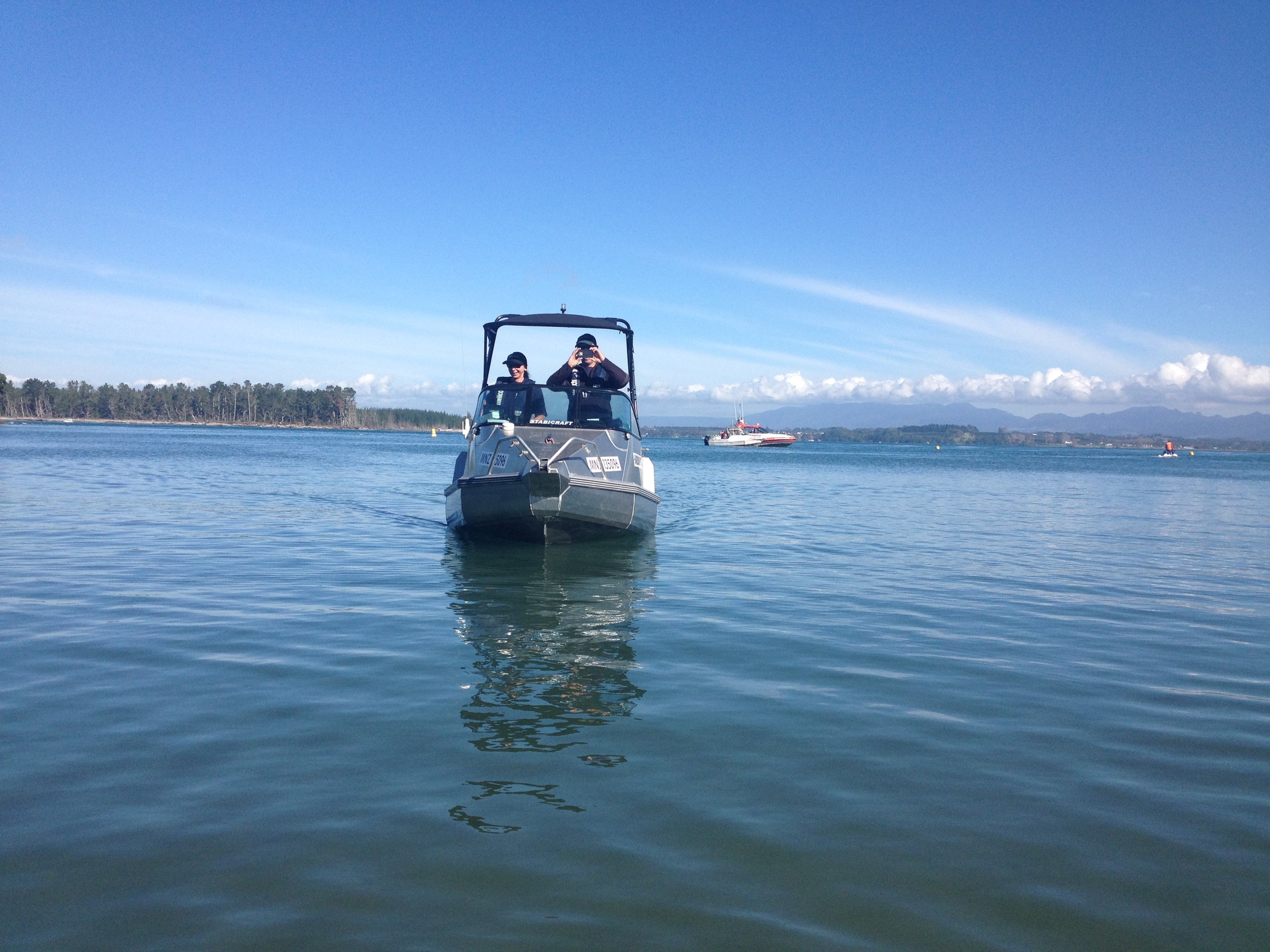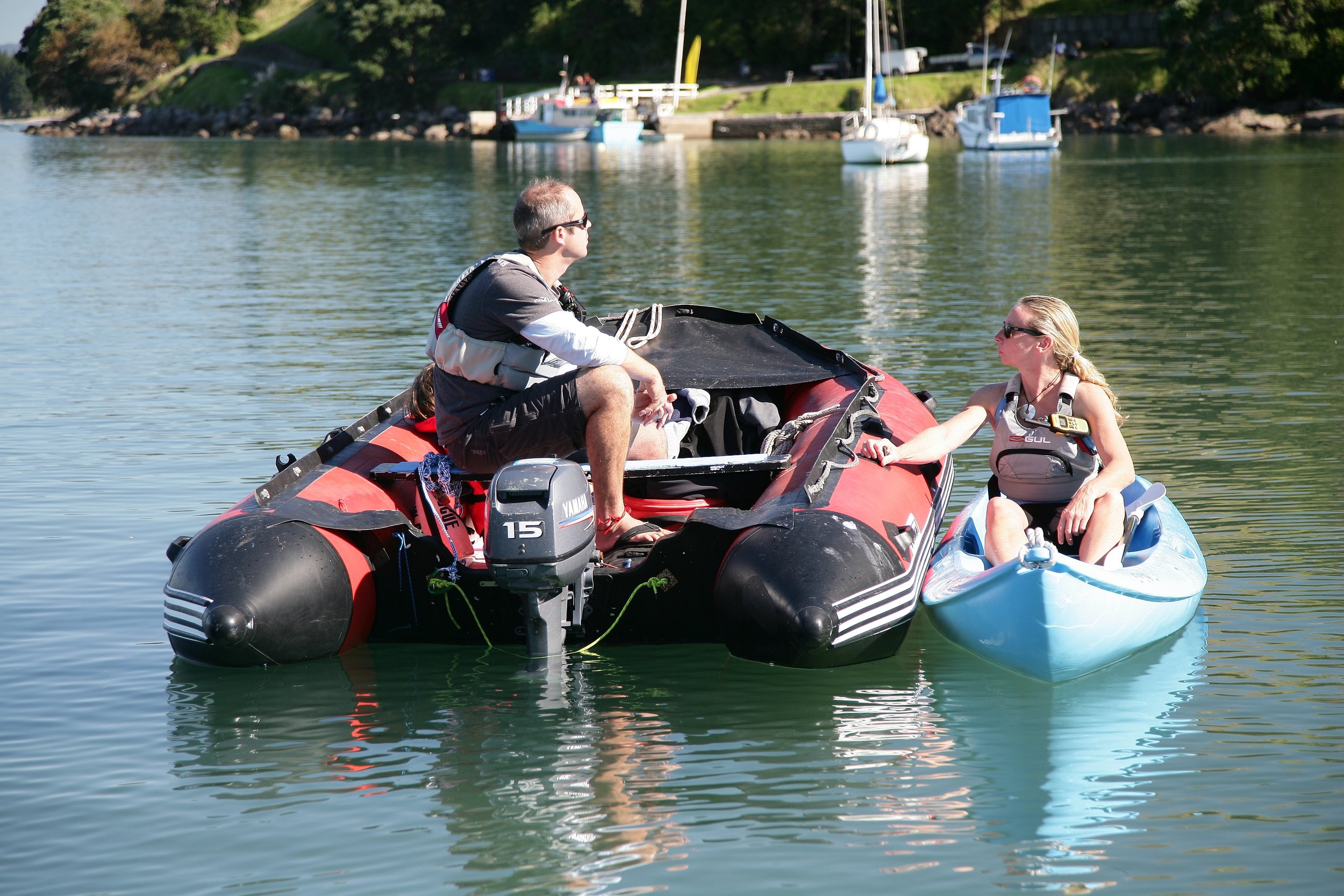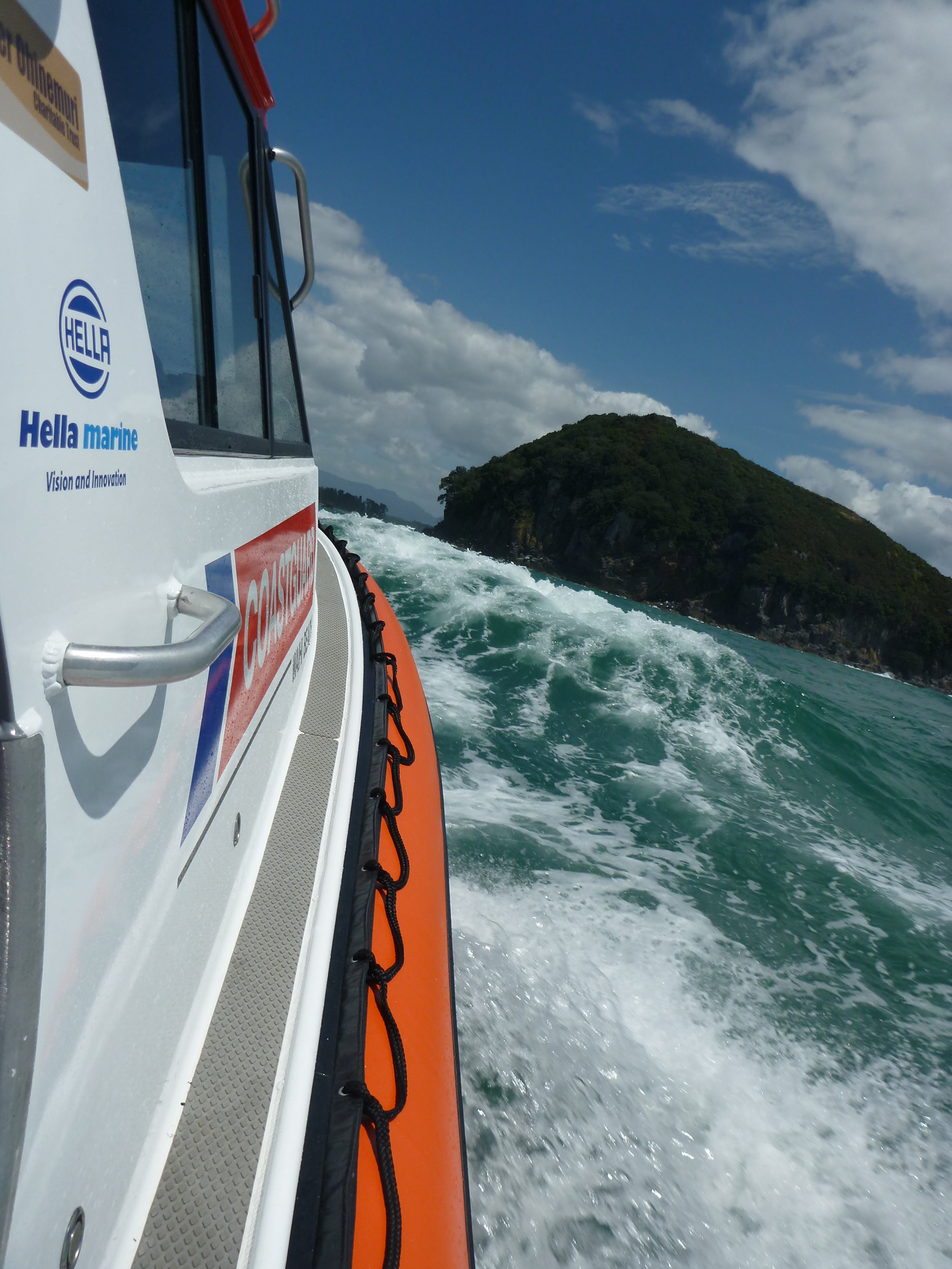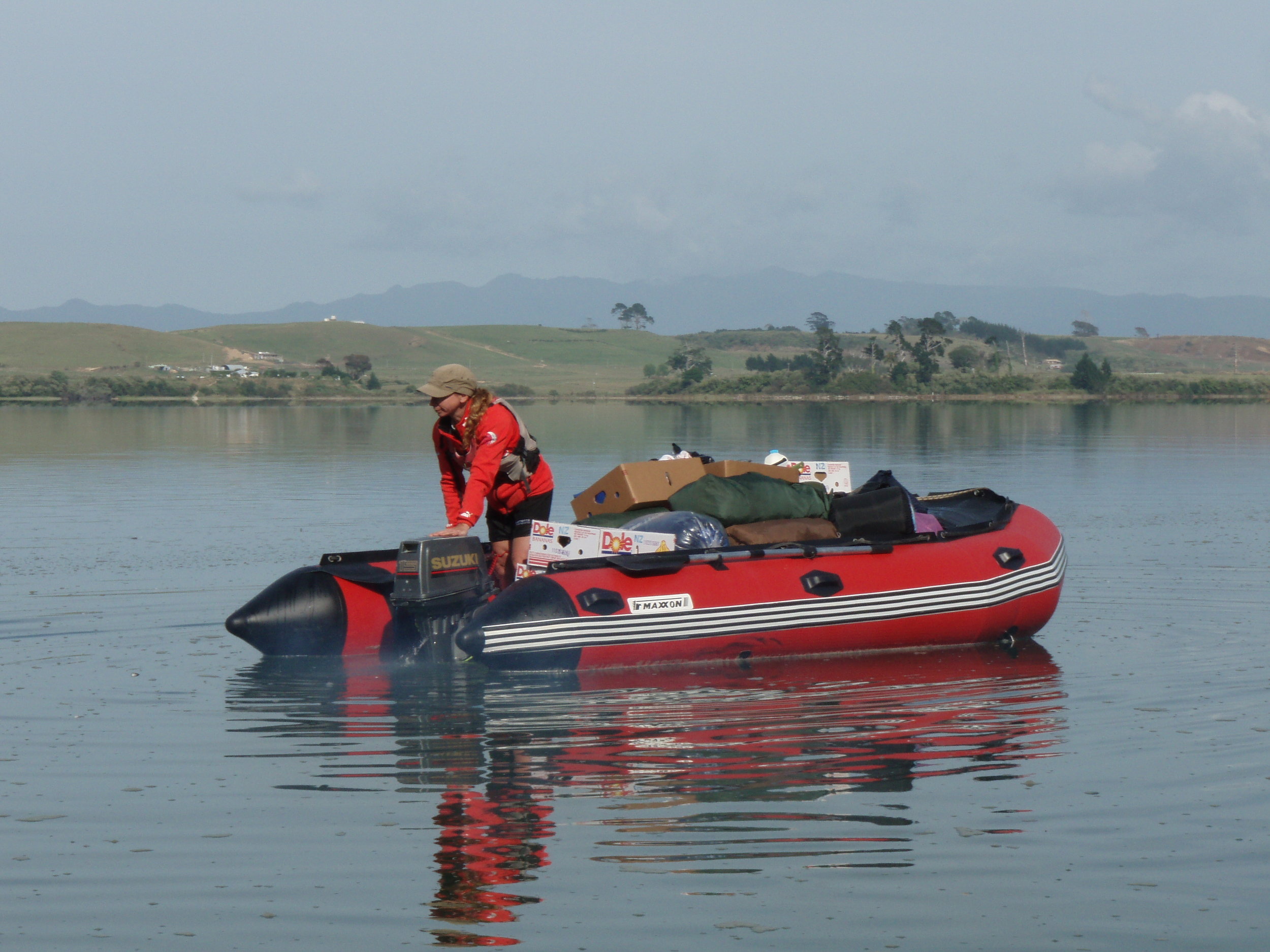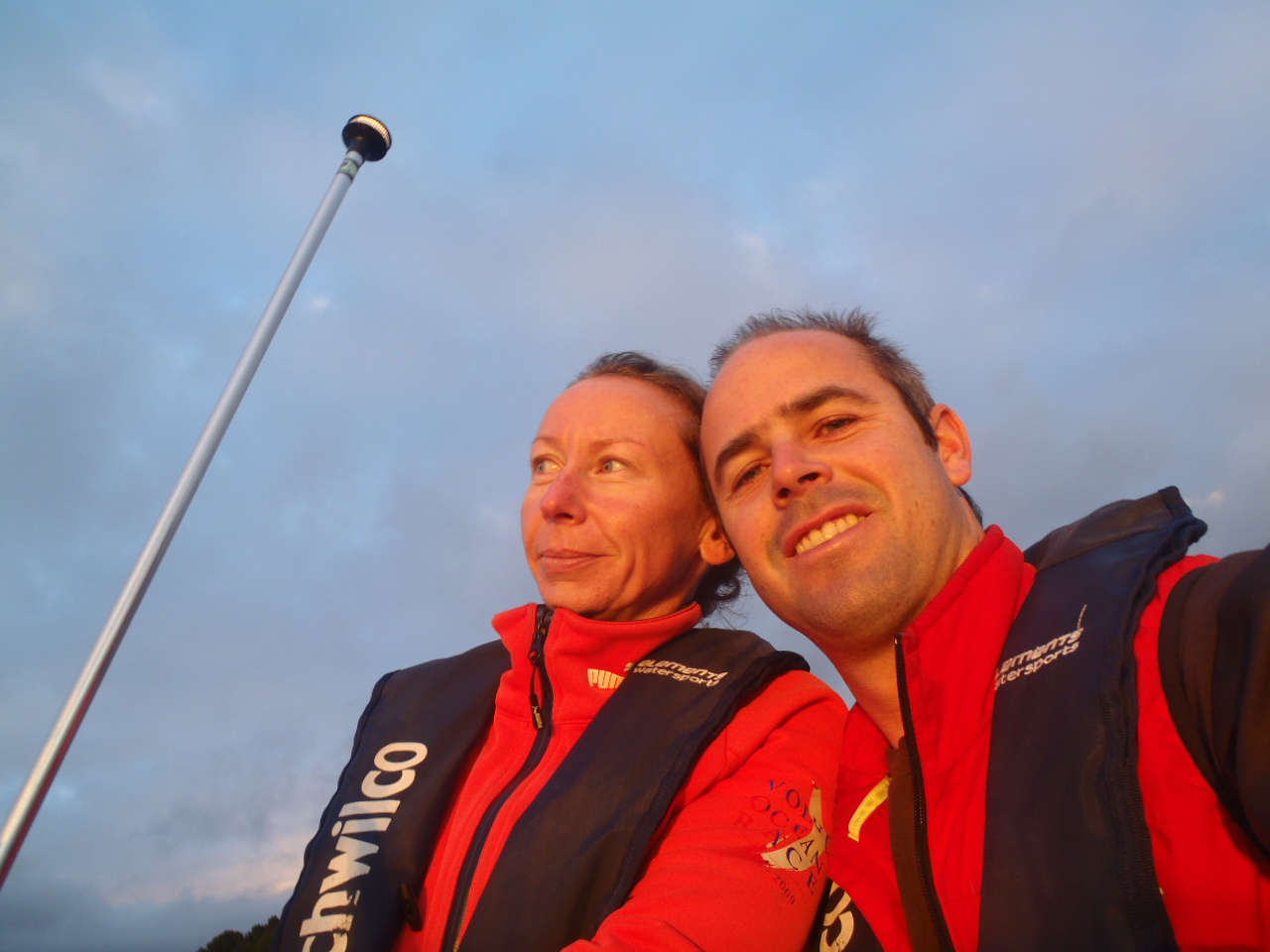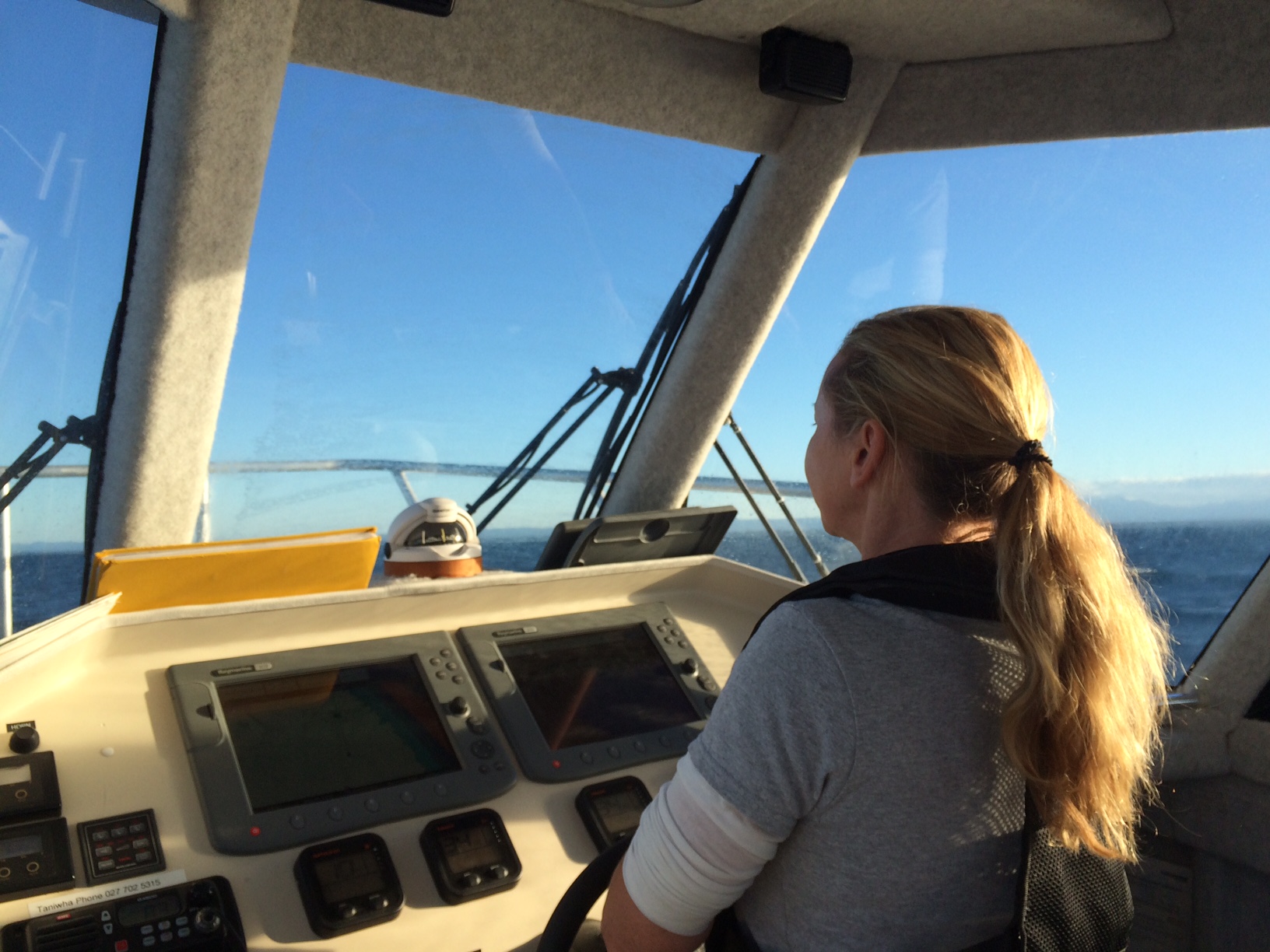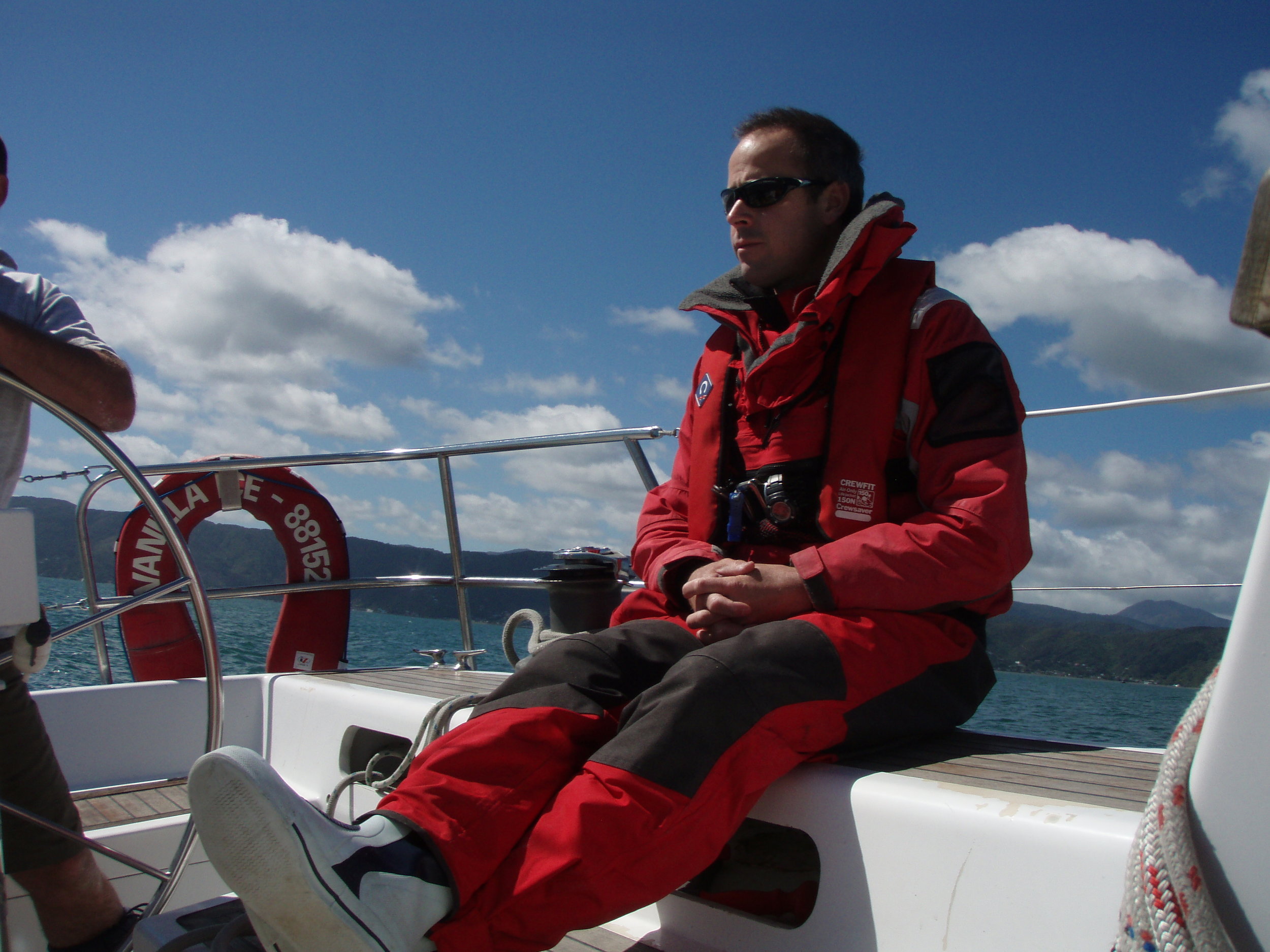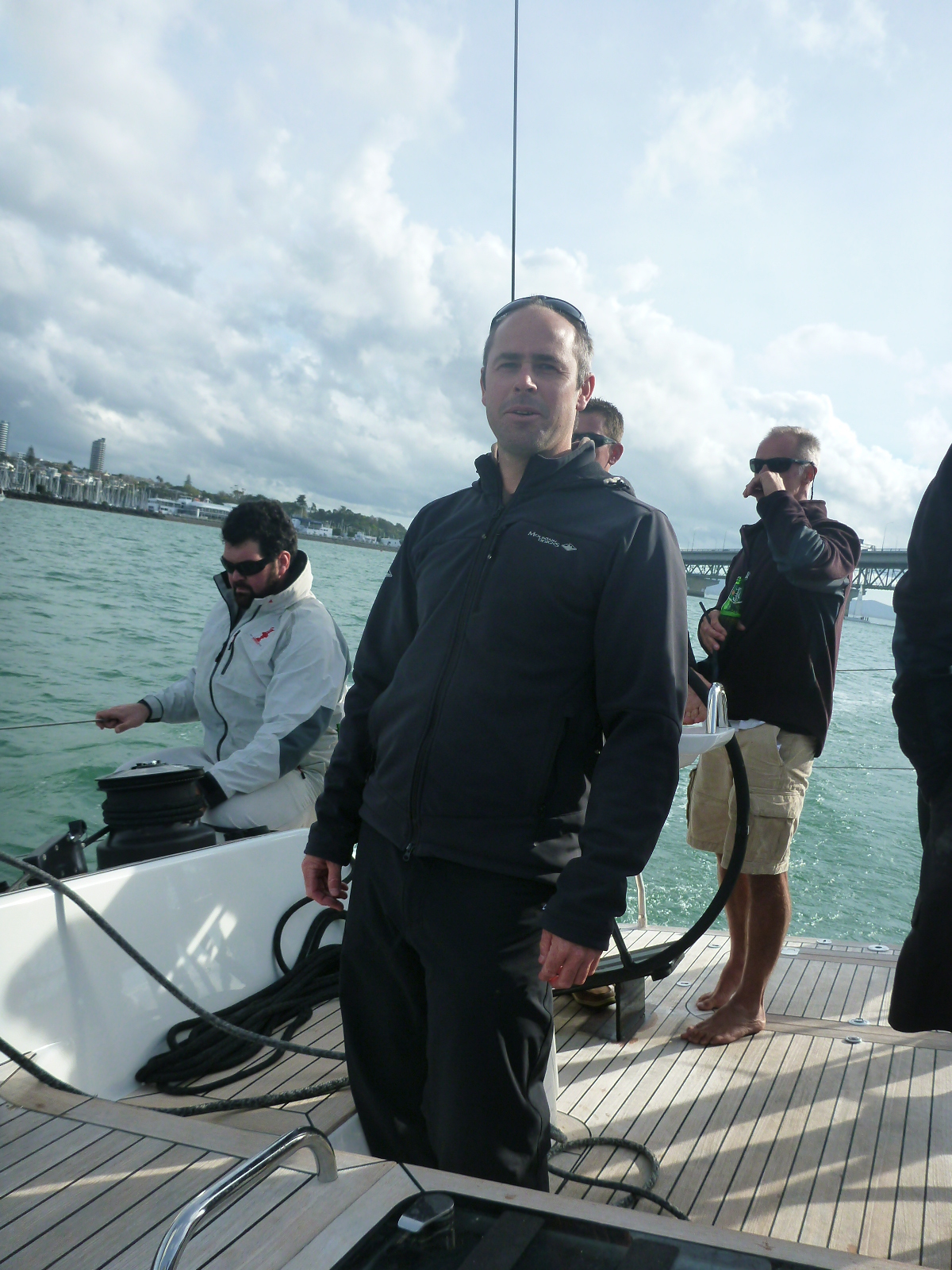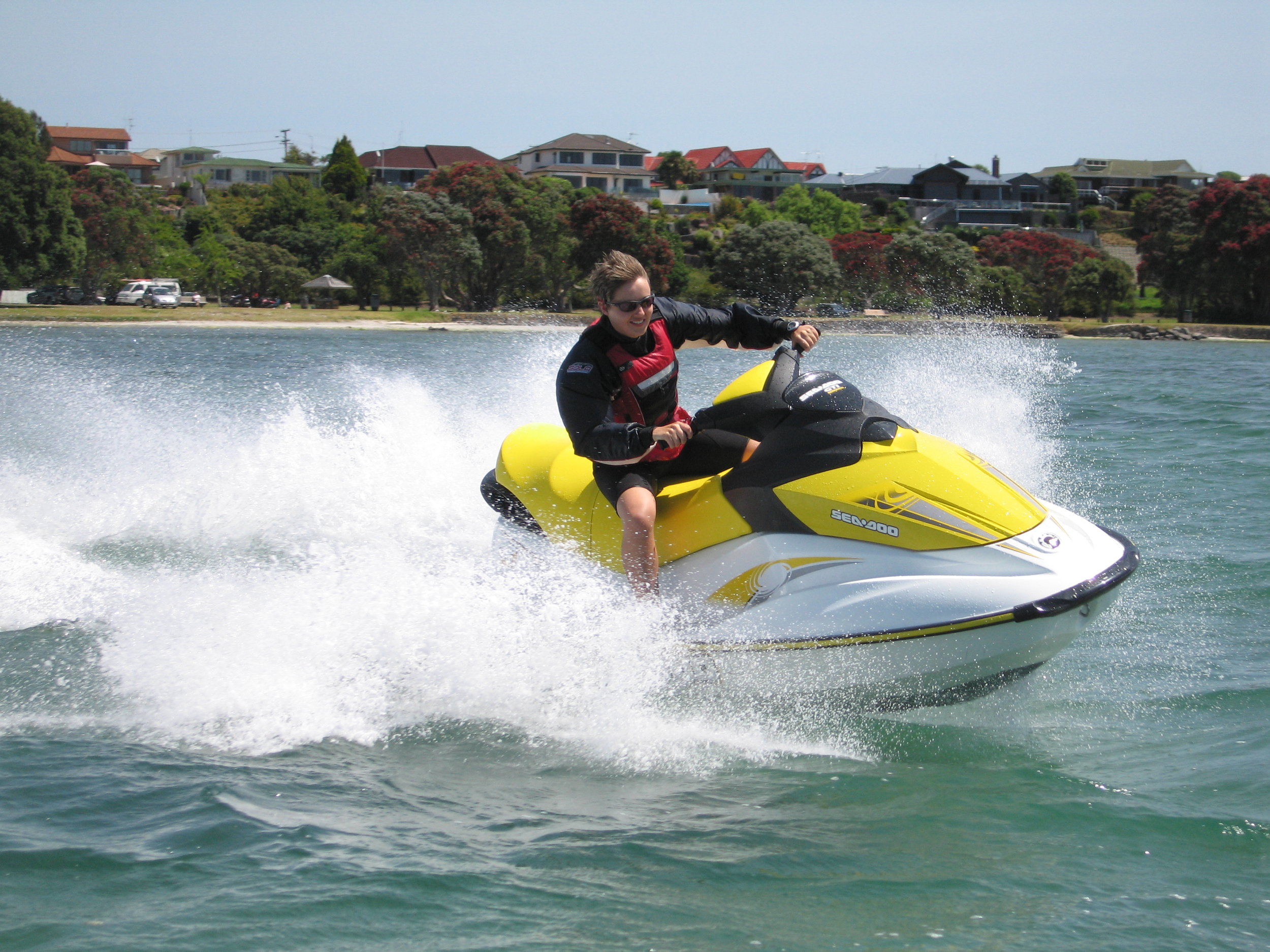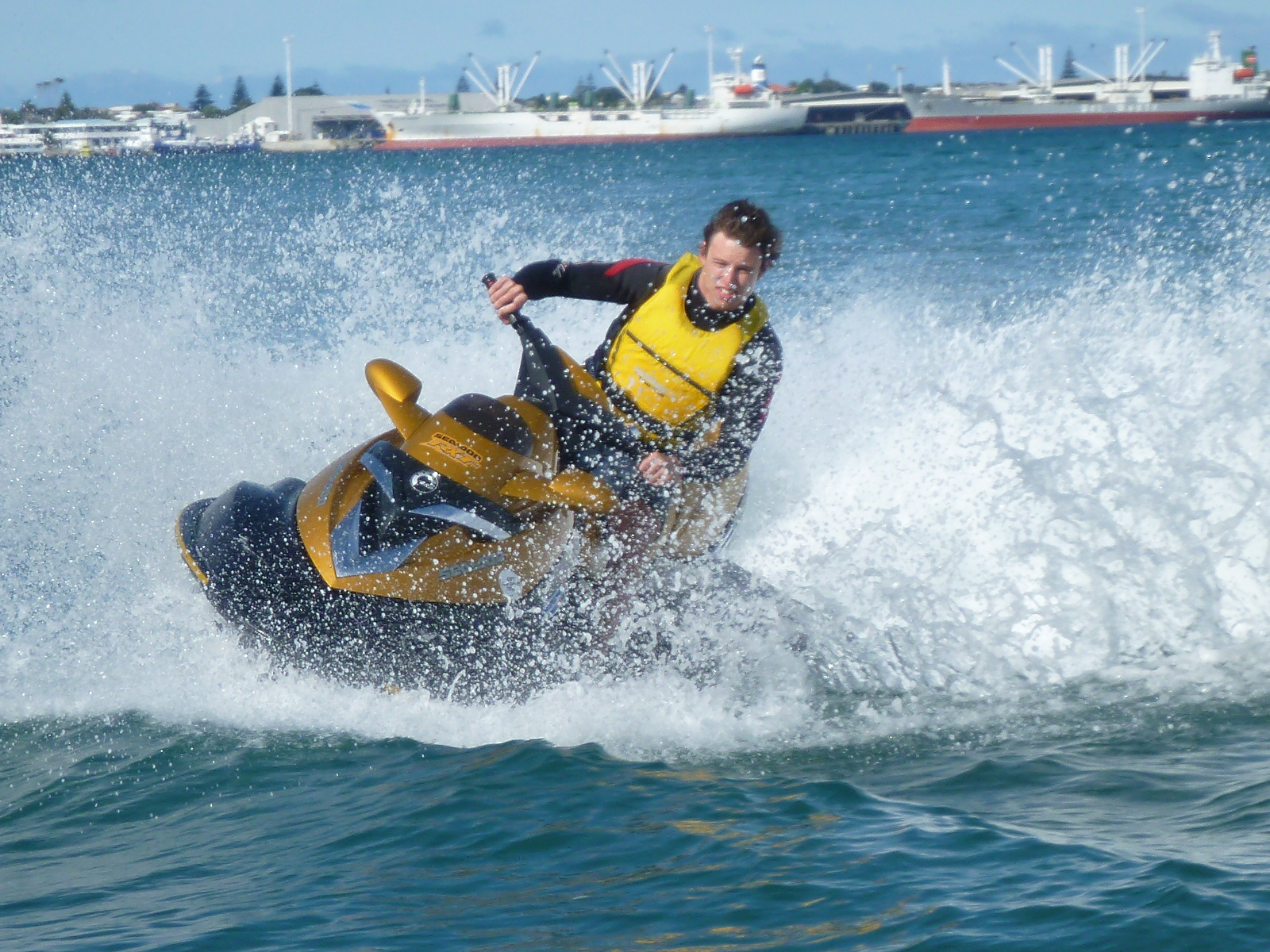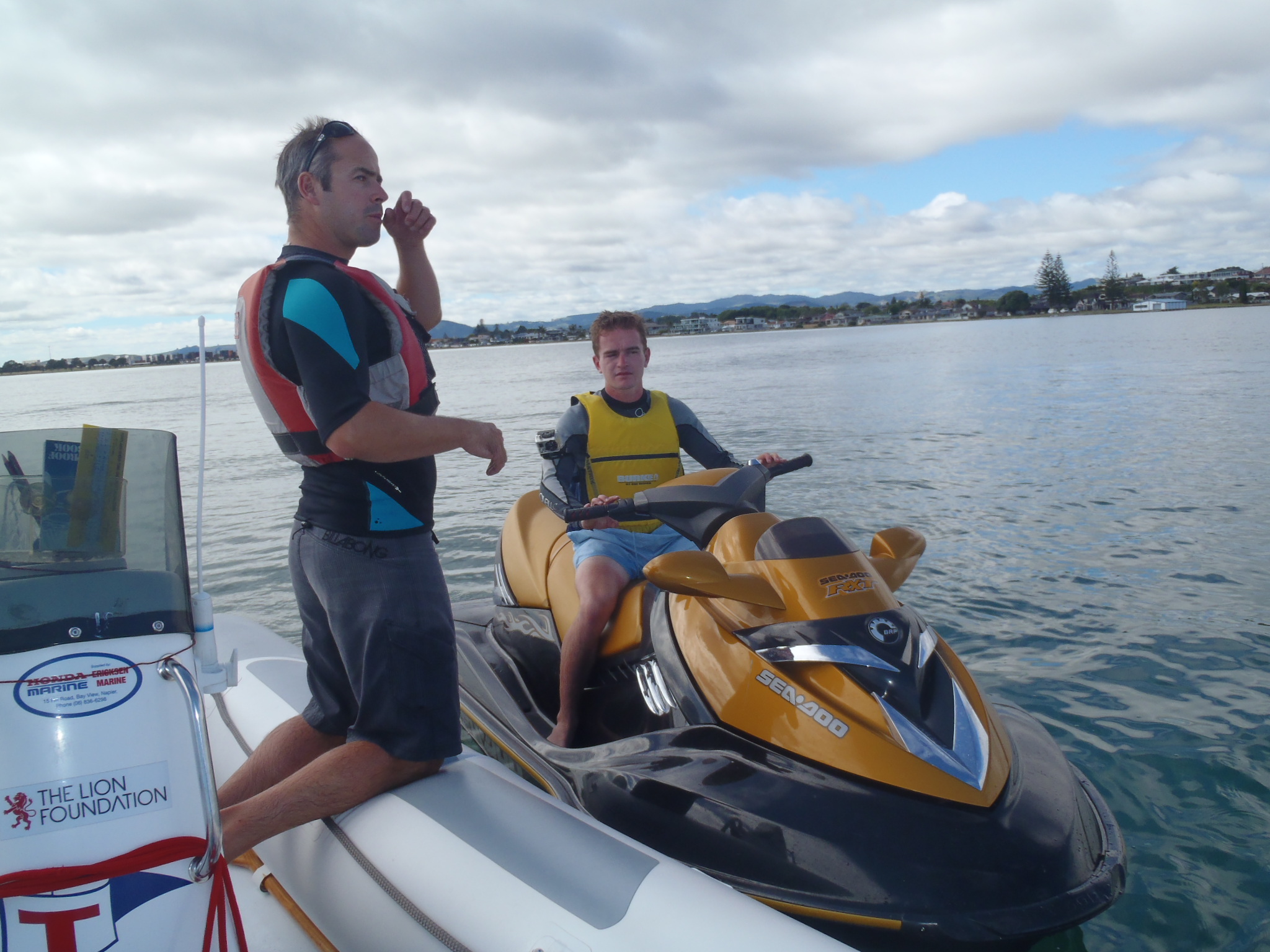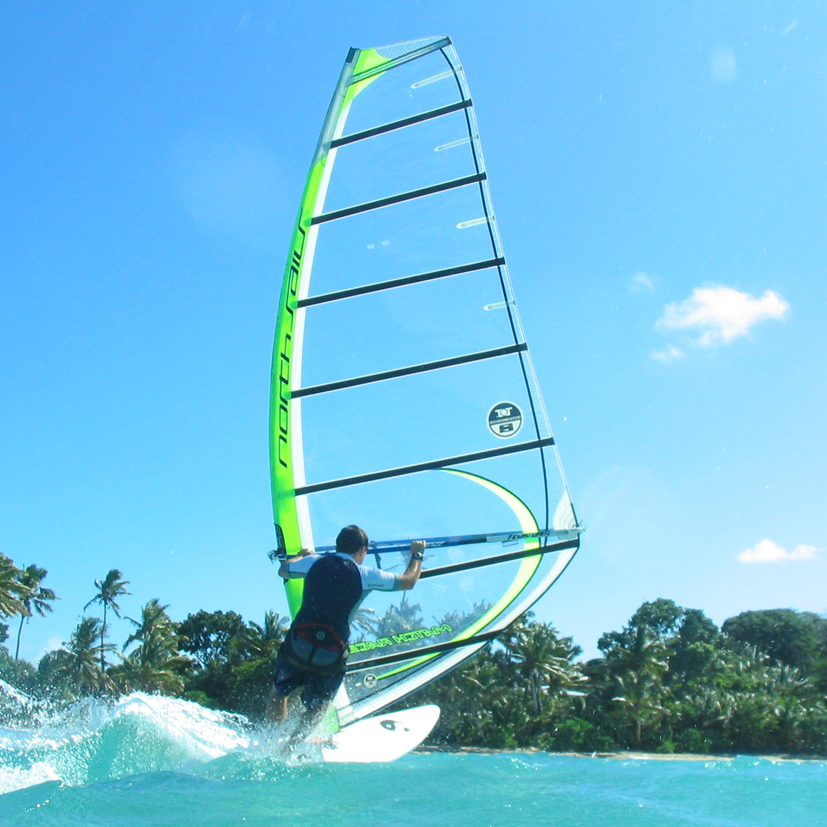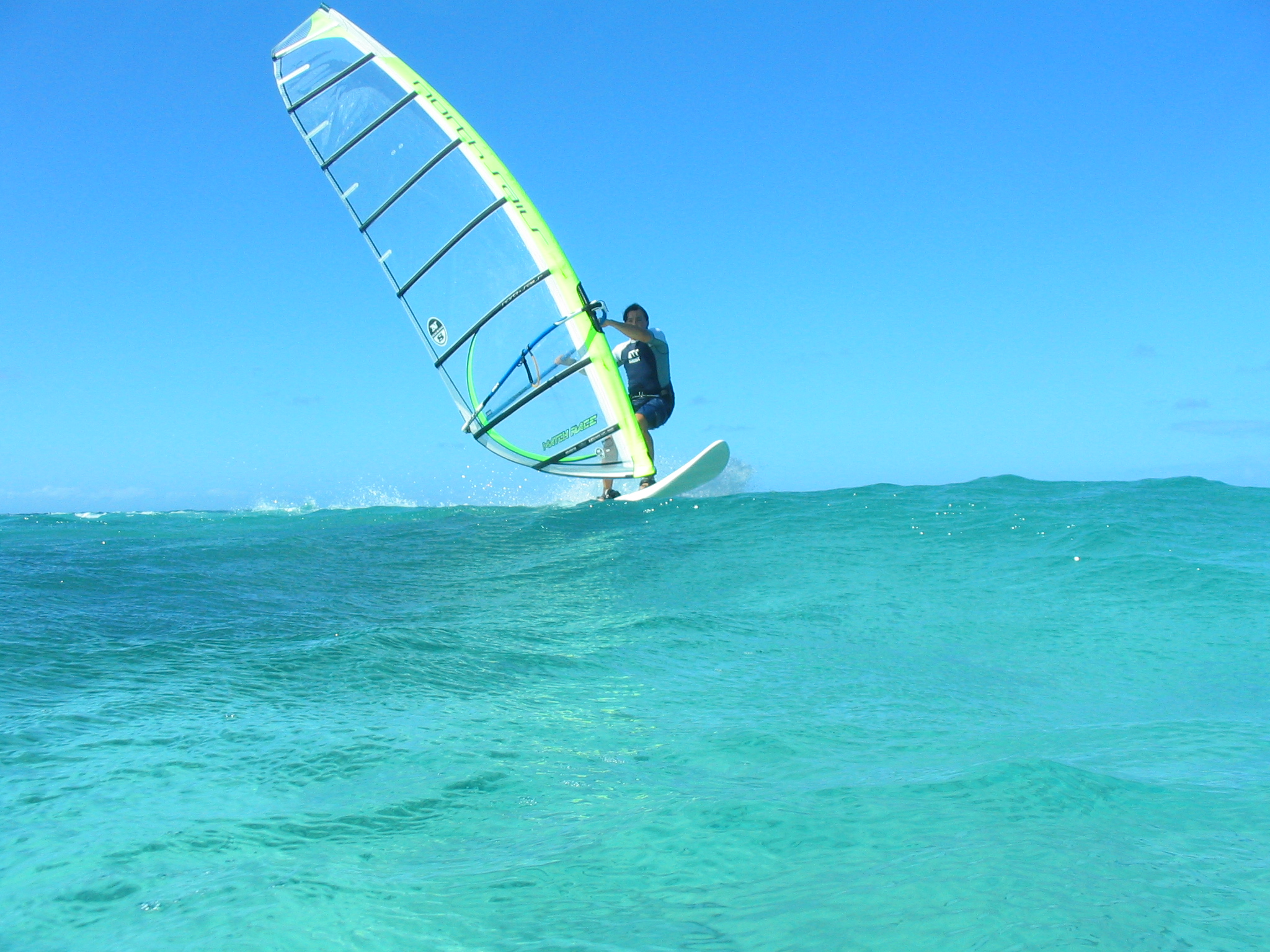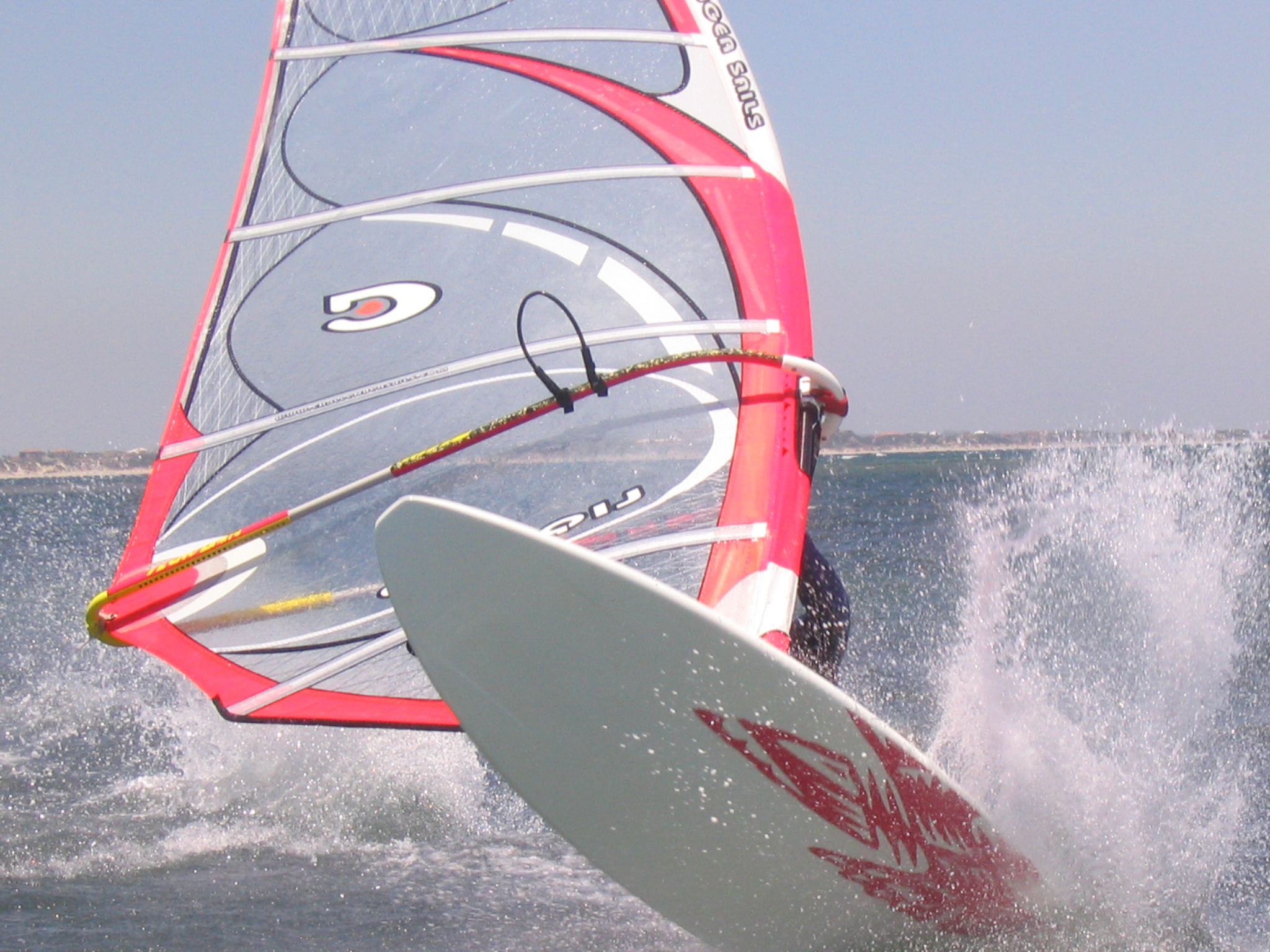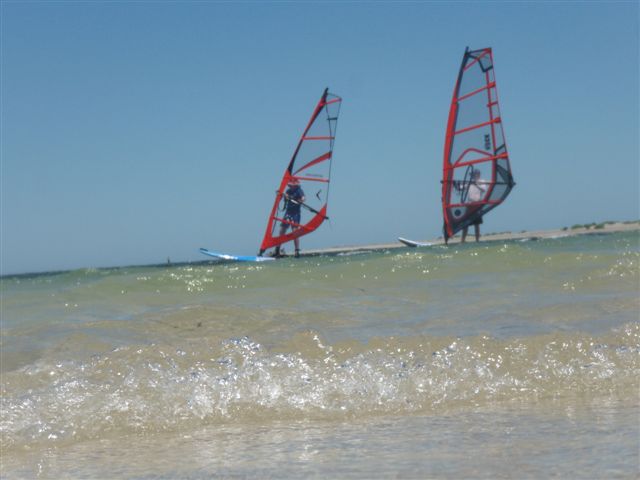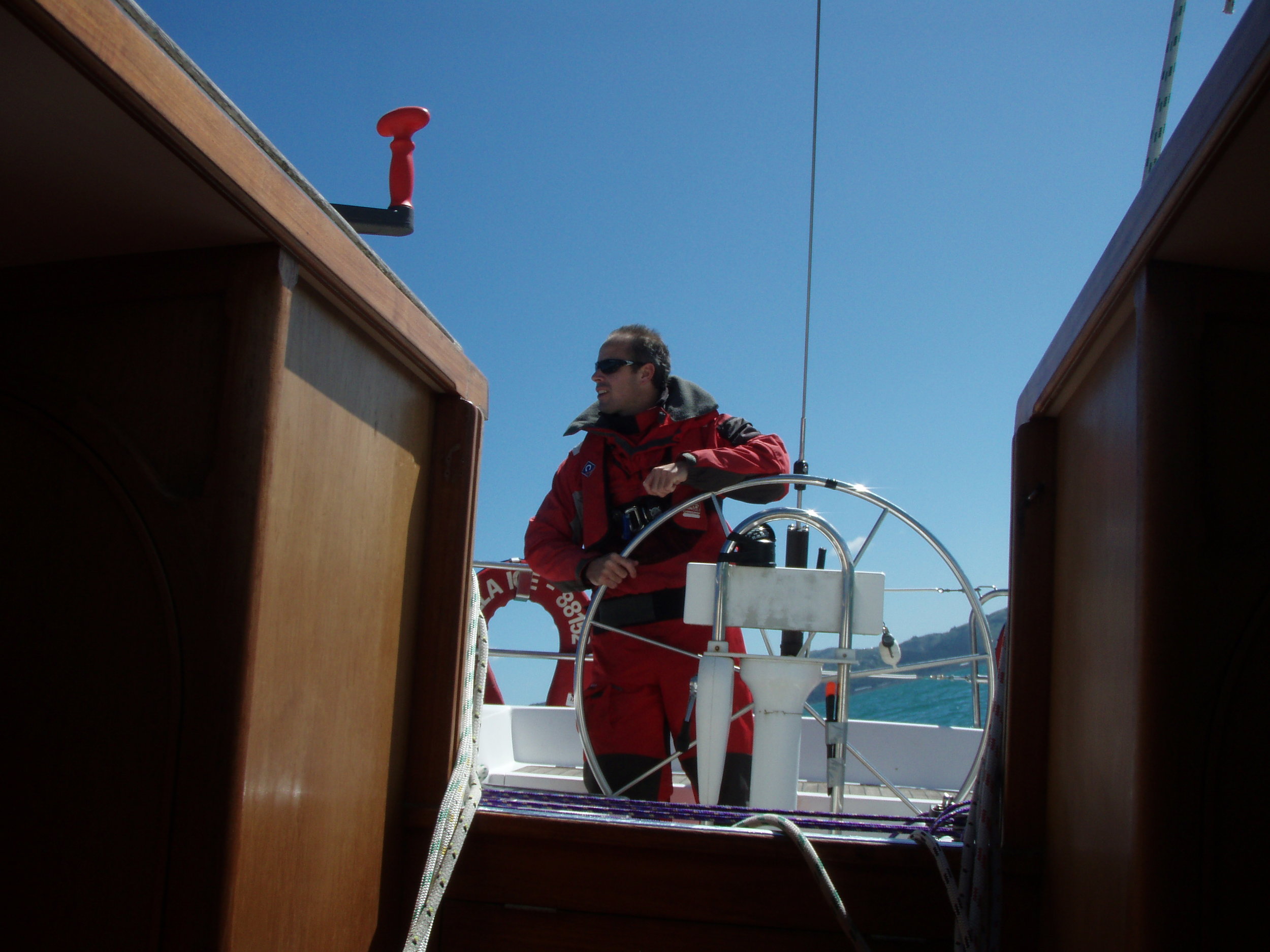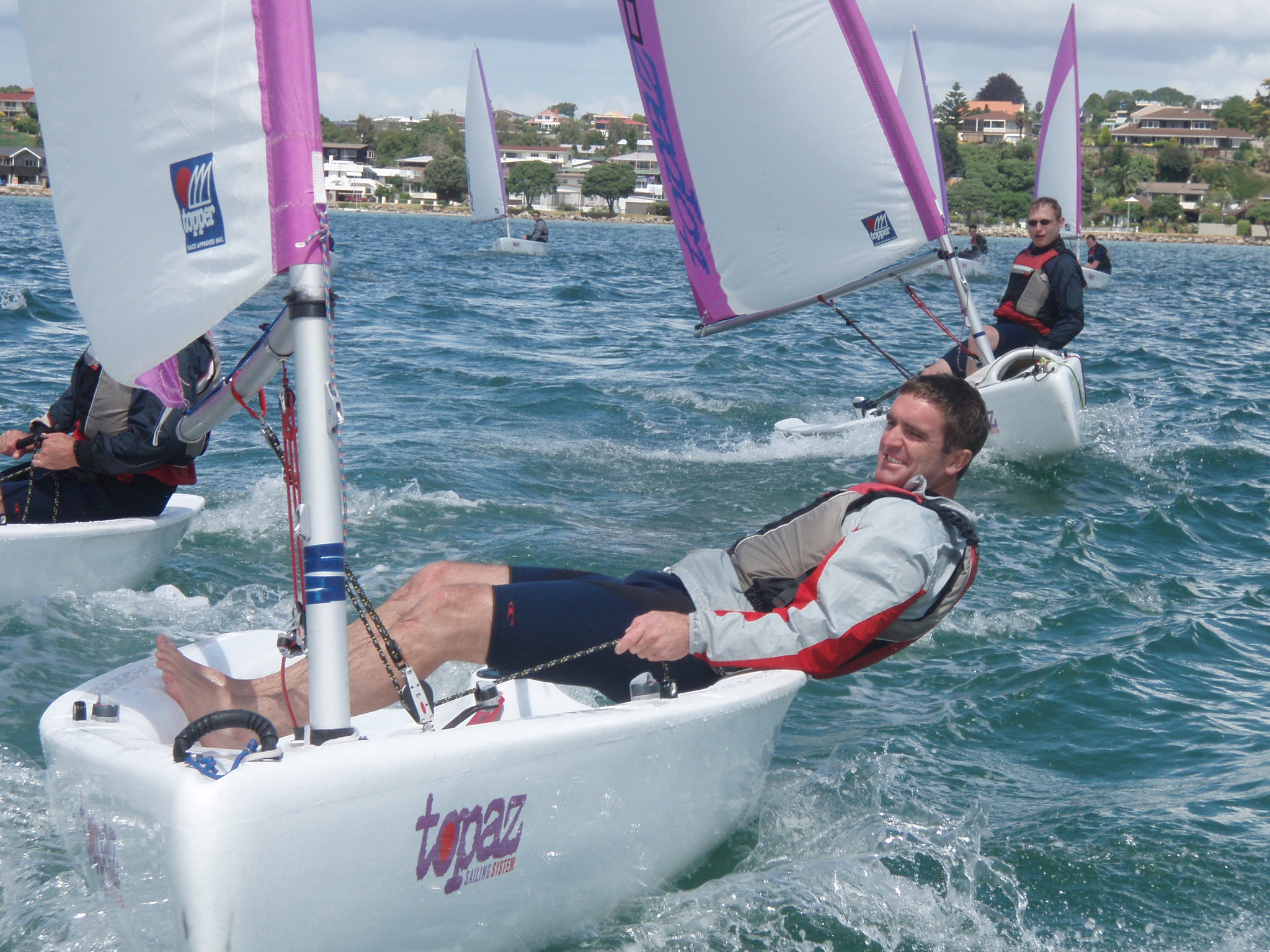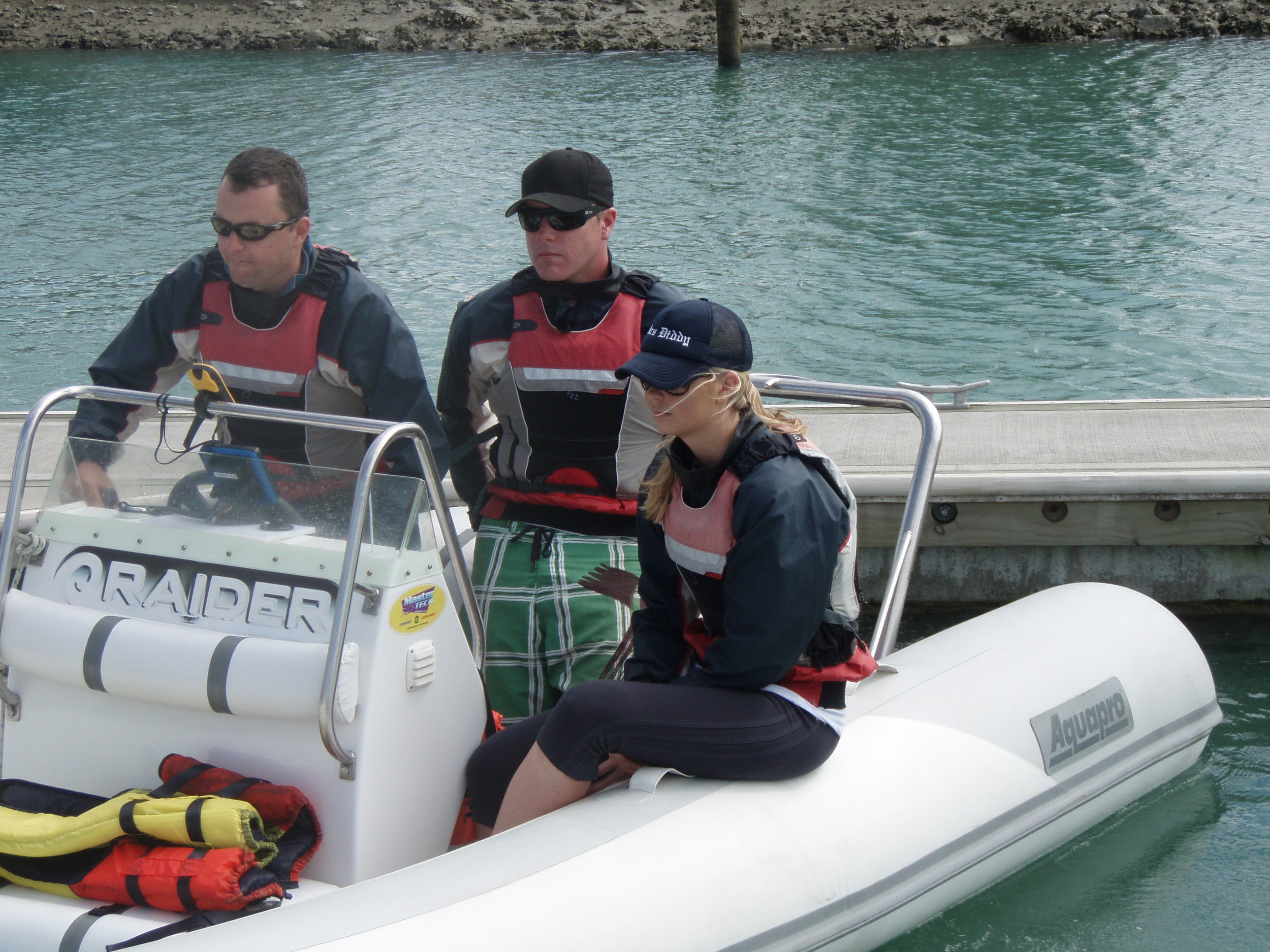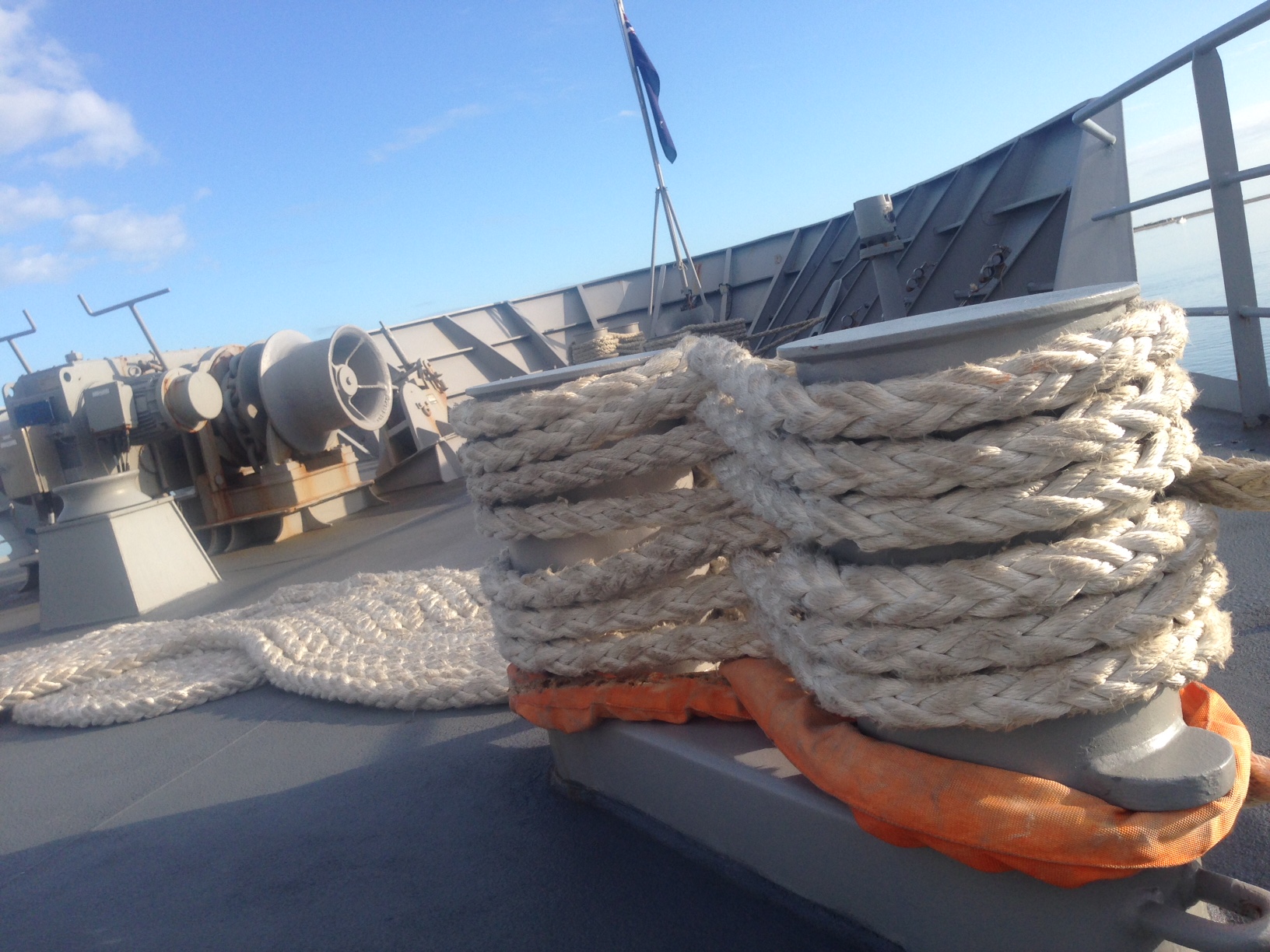Kill Cords - just use them
/Kill Cord
Always, always, always use a kill cord and ensure that it is attached to the driver of the boat.
Small open power boats will normally be fitted with a kill cord which, if used correctly, will stop the engine if the driver becomes dislodged from the helm position.
Attaching the kill cord
http://youtu.be/7Lxiwd0chGE
The kill cord is a red lanyard which has a quick-release fitting at one end and a clip at the other end. When in use, the quick-release fitting is attached to the console and the end with the clip attaches to the driver. The kill cord is normally attached around the driver’s knee and clipped back onto itself. This is shown in the video:
A kill cord is coiled in its design to allow the driver the natural movement required when helming a boat. Should the driver move away from, or be thrown from, the helm position the kill cord will detach from the console and the engine will stop. Detaching the kill cord also allows a crew or passenger to stop the engine if the driver were to become incapacitated whist at the helm – e.g. they fainted.
In most instances the boat will not start without the kill cord in place therefore a second kill cord should be kept on board to allow boat to be re-started if the driver and kill cord have gone overboard. The kill cord should be worn by the driver whenever the engine is running.
Should you for any reason not wish to attach the kill cord around your leg, attach it securely to your personal buoyancy. In either case it should not foul the steering or gear controls.
The kill cord should always be clipped back onto itself. It should not be clipped onto an item of clothing or attached to any other location where the clip would release from the driver rather than detach from the console as the console end must detach for the kill cord to stop the boat.
The kill cord prevents the driver moving away from the normal operating position either intentionally or by accident. It might therefore be tempting to use a kill cord that is longer than the item provided by the manufacturer of the engine, to allow you a little more movement, but this could result in the kill cord not doing its job when you really need it to. If you need to leave the command position, or you are changing driver, you should turn the engine off. The engine should only be re-started when the kill cord has been secured to the new driver.
Check the kill cord works
Check your kill cord works at the start of each day or session by starting the engine and pulling the kill cord to makes sure it stops the engine.
Monitor the kill cord for signs of wear
Kill cords should be protected from the elements. Over time extremes of temperature and UV light will harm the lanyard. Kill cords may become stretched or brittle if stored open to the elements. Monitor the kill cord for signs of wear, rust and reduced elasticity (the kill cord should not droop excessively) and replace it in good time.
When replacing kill cords, purchase a good quality lanyard with a strengthening cord through the middle. Most good chandlers will stock kill cords to suit the different engines, but if in doubt contact the engine manufacturer to source the correct replacement.
Summary of RYA advice and recommendations:
- The RYA recommends that the kill cord be attached around your leg. It should not foul the steering or gear controls.
- The RYA does not recommend extending the length of the kill cord provided by the manufacturer of the engine.
- Always check your kill cord works at the start of each day or session and check it regularly for signs of wear.
- When replacing kill cords, purchase a good quality lanyard with a strengthening cord through the middle.
- Do not leave kill cords out in the elements. Extremes of temperature and UV light will harm the lanyard in the long term.
- If your lanyard has a fabric outer sheath, but has lost its spiral tension, it is advisable to replace it as it is possible that the inner strengthening cord may be


